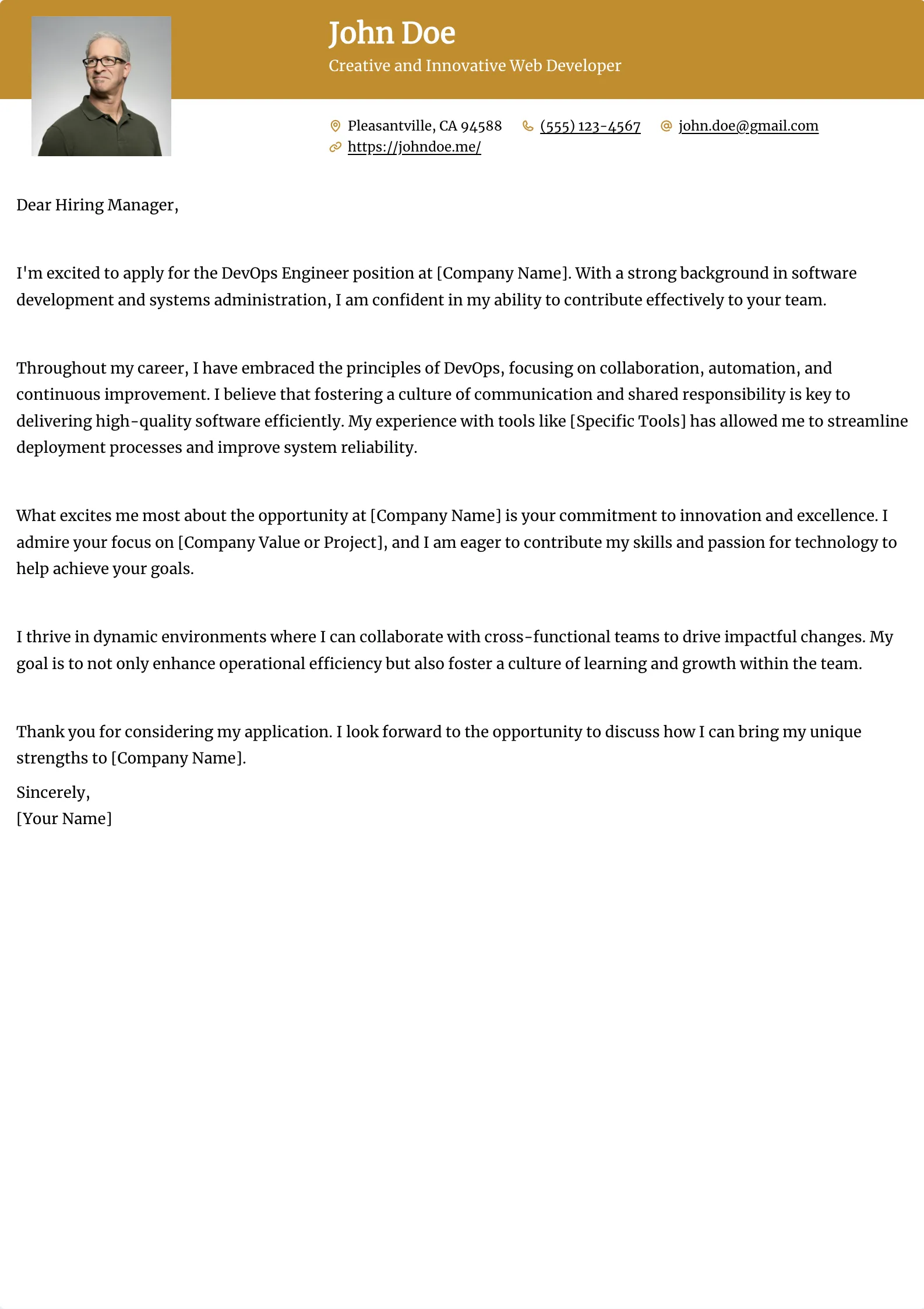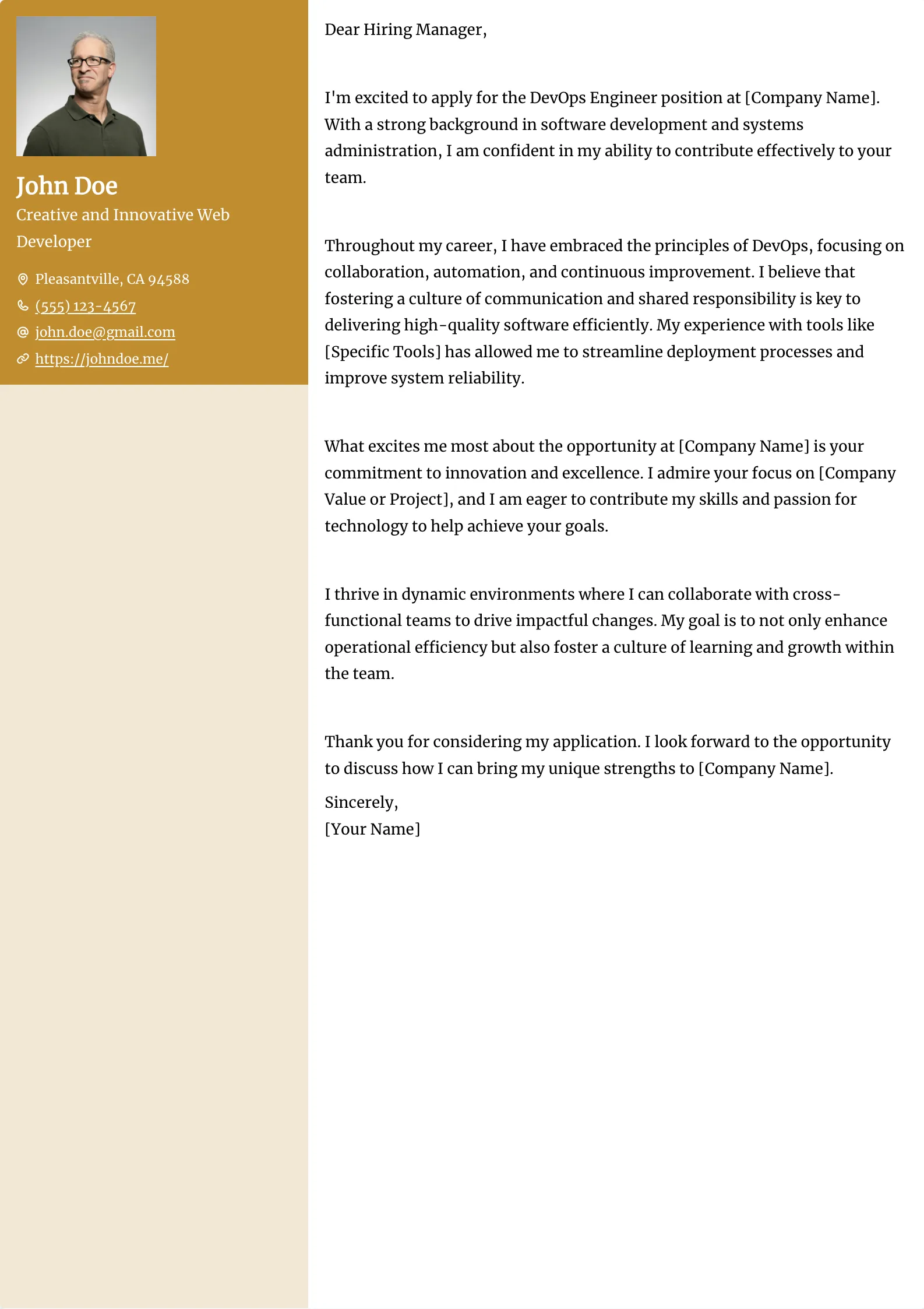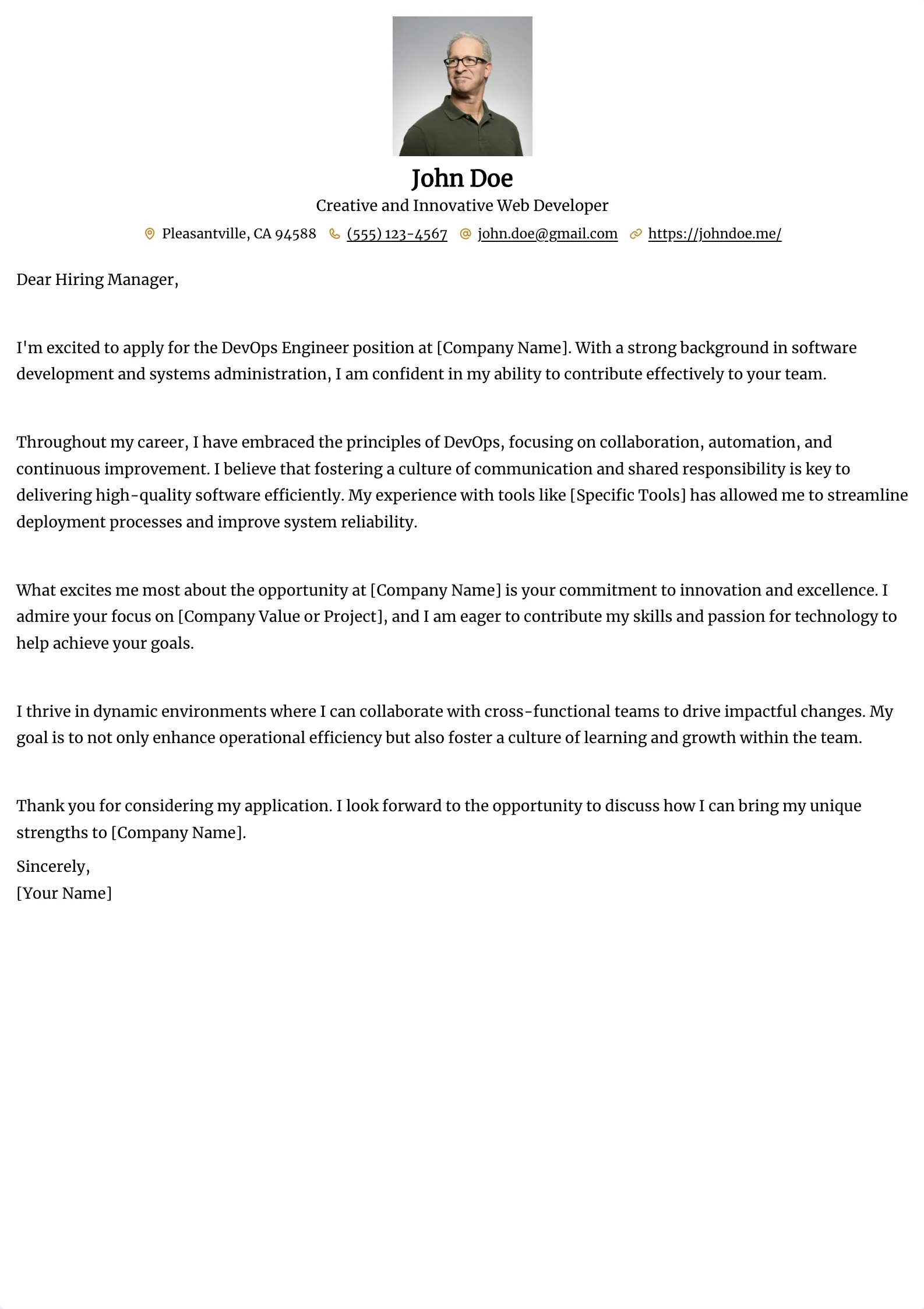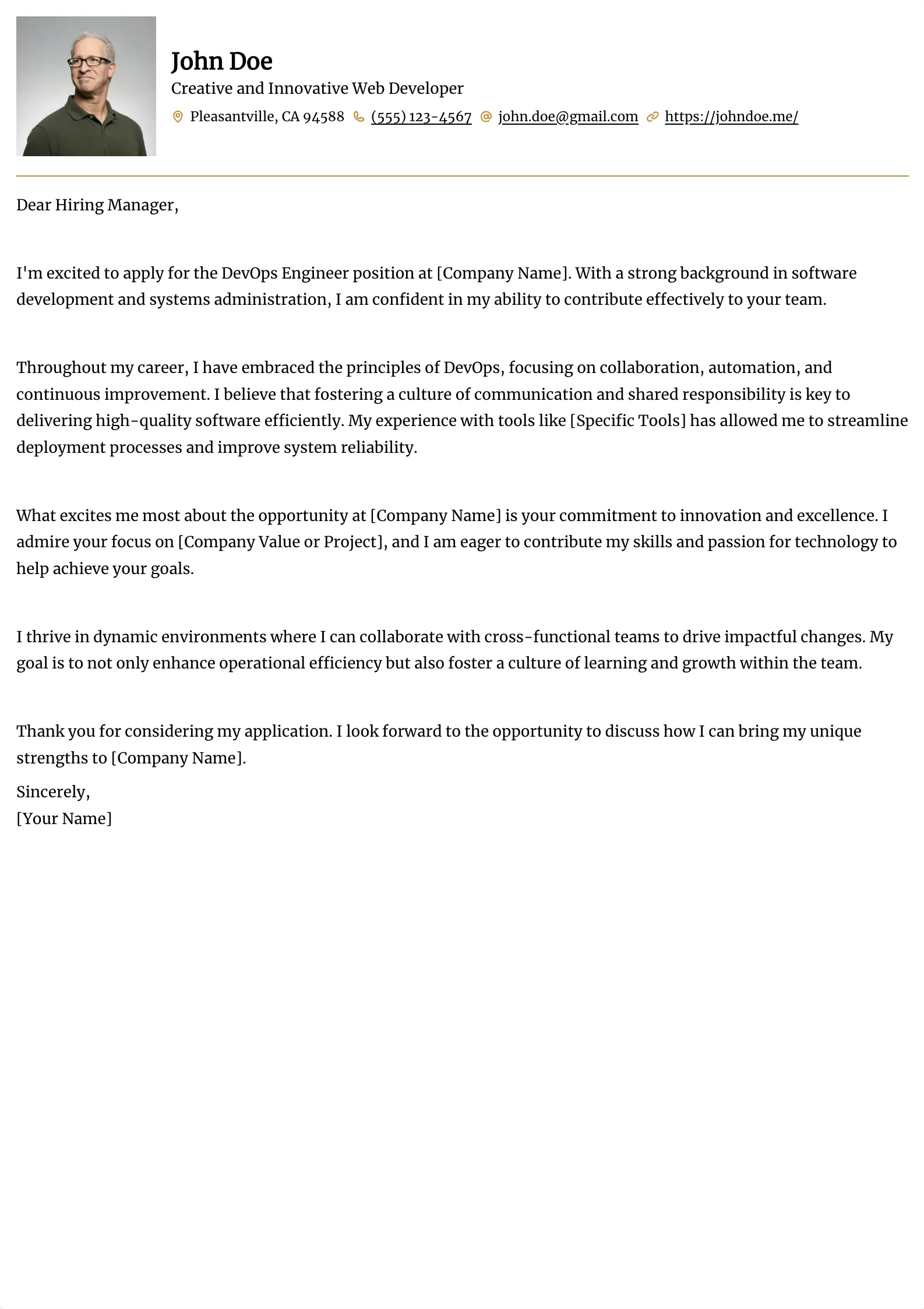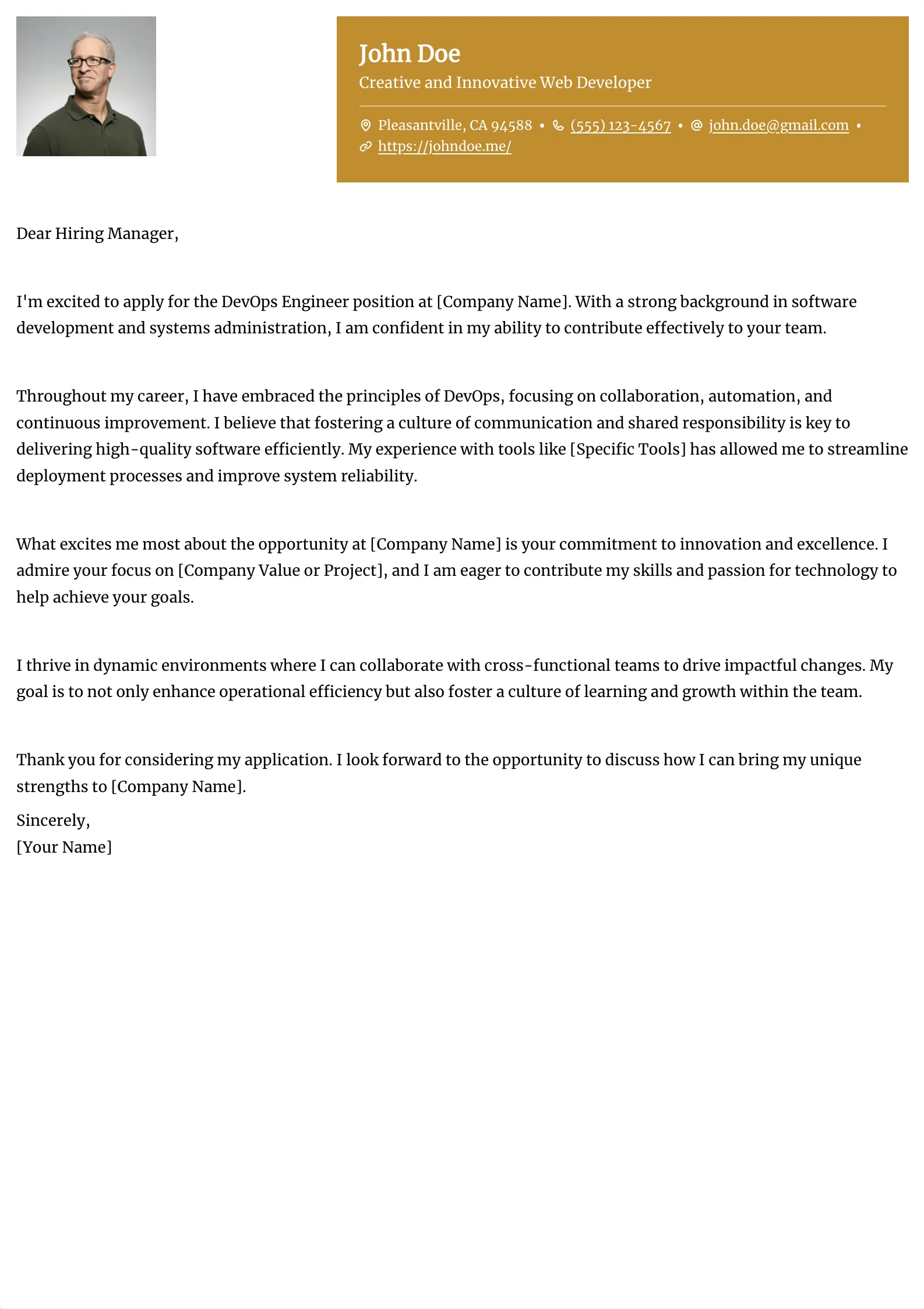How to Address Gaps and Career Changes in Your Cover Letter

Introduction
Career paths are rarely perfectly linear. Whether due to personal reasons, exploration of new opportunities, or market changes, employment gaps and career changes are common. Your cover letter is the ideal place to address these periods, providing context and showcasing how they enrich your professional story. Here are effective strategies to tactfully explain gaps and career changes in your cover letter.
1. Be Honest and Direct
Employers value honesty. Instead of avoiding the topic, address gaps or changes openly. Clearly and concisely explain the reason for your gap or transition, whether it's personal development, further education, or other valid reasons. Avoid going into too much personal detail, but offer enough insight to satisfy potential concerns.
2. Highlight What You Learned
Gaps and changes are opportunities for growth. Use your cover letter to highlight new skills or insights you gained during this period. Perhaps you took a course, volunteered, or pursued freelancing opportunities. Share how these experiences make you a stronger candidate for the new position.
3. Connect Past Experiences with Current Goals
Especially in the case of a career change, draw parallels between past experiences and your current career goals. Focus on transferable skills and how they apply to the new role. Demonstrating a strategic approach to your career path, despite changes or gaps, can reassure employers of your commitment and foresight.
4. Express Enthusiasm for the New Path
Convey genuine enthusiasm for the position and industry you're entering. Explain why you're passionate about this new direction and how it aligns with your long-term professional aspirations. An eager attitude can be contagious, making recruiters more likely to overlook gaps or changes.
5. Address Gaps Briefly but Confidently
If there are long periods between jobs, address them briefly without dwelling too much on the past. Mention the duration without getting overly detailed, focusing instead on how you've positioned yourself for a successful future in the new role or industry.
6. Use Positive Language
Frame your career changes and gaps positively. Rather than referring to “unemployment periods,” describe these times as phases of learning, growth, and soul-searching. Positive language ensures your application remains forward-looking and optimistic.
Conclusion
A well-crafted cover letter addressing gaps or career changes can transform potential weaknesses into strengths. By being honest, focusing on personal and professional growth, and illustrating how your past experiences bolster your new career direction, you present yourself as a thoughtful and competent candidate. With these strategies in hand, you can confidently navigate your job search and create a compelling narrative that resonates with employers.
Categories
Related Articles
Try our Sample Cover Letter Editor
Use this editor to modify a sample cover letter, adjusting the content's formatting, layout, and style to match your preferences. This section provides a hands-on demonstration of how your cover letter can look once customized.

